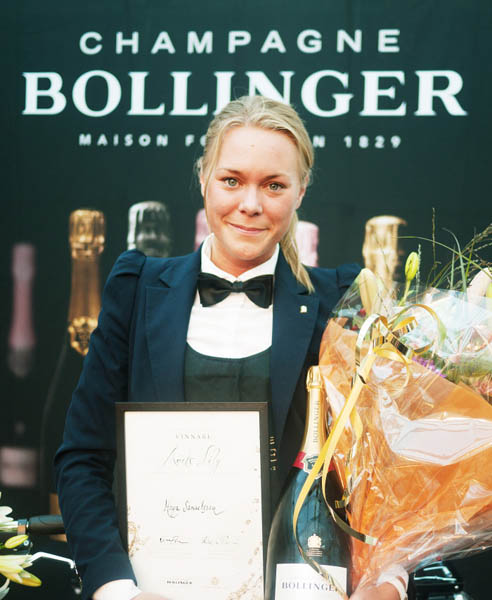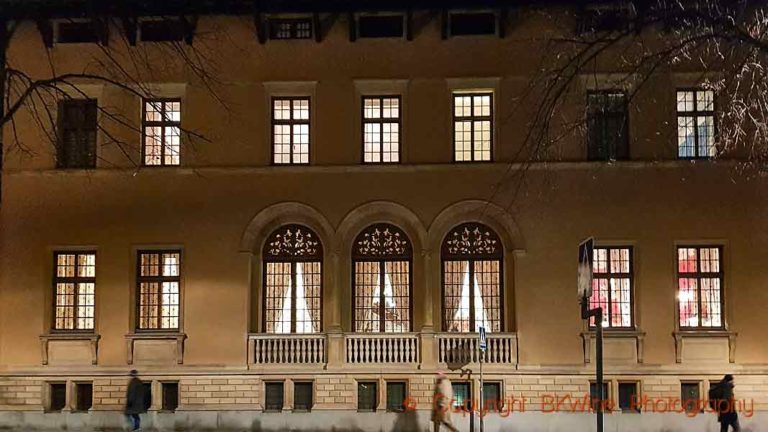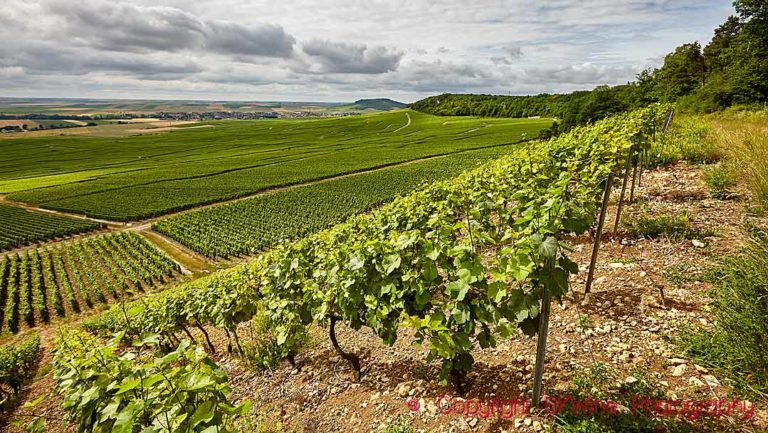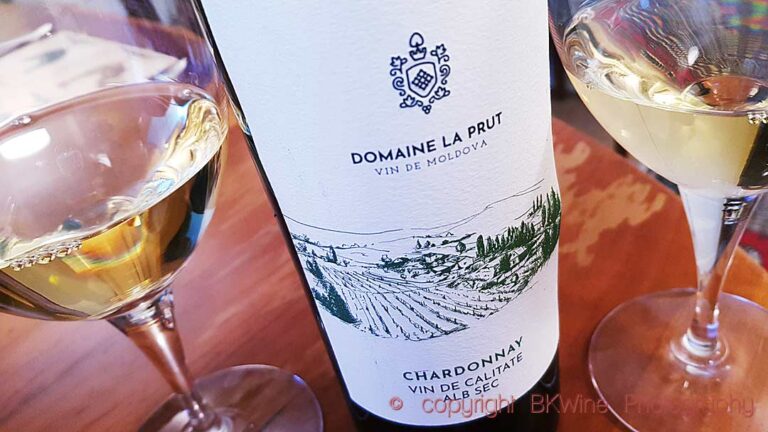When Arvid (Nordquist) invites you to its annual brand tasting day it’s not just wine that is on the table. (Arvid Nordquist is a big wine and food import company in Sweden.) Wine is shoulder-to-shoulder with Tabasco bottles, coffee machines, Riesen candy and gluten-free bread, all presented by specialists in each area. What is the most interesting thing during the day is the abundant collection of various master classes offered during the day.
Peter Sisseck, almost, with Pingus and Chateau Rocheyron
First up was a “secret” with the Danish “cult” winemaker Peter Sisseck known for his super-premium wine Pingus from Ribera del Duero in Spain. Unfortunately, it was not Peter himself who was present so we had to settle for simply tasting his wines which I have just done once or twice before.
In addition to Pingus and the second wine Flor de Pingus, from younger vines, they also showed the new wine, PSI, made from purchased grapes from growers who persist in using really old vines with low yields instead of tearing up and replanting which is apparently common today in the Ribera del Duero. These wines are also vinified in an old fashioned way.
Another new project is Chateau Rocheyron a Grand Cru chateau in Saint-Emilion in Bordeaux, which he bought in 2010, together with the Swiss Silvio Denz.
So how do Peter Sisseck’s wines taste?
Pingus 2011 is an infant with an enormous concentration and much defined by really good barrels, but still one is a little disappointed. Some 600 euro for a bottle of wine, then at least I would expect something really amazing. No, then the second wine, the 2011 Flor de Pingus for some 75 euro can almost be considered a bargain in comparison!
Really good was also the 2010 Château Rocheyron for 130 eruo and the second wine 2010 La Fleur de Rocheyron for just 39 euro. However with 15 % abv and lots of power it feels more like Spanish wine than from Bordeaux. PSI 2012 was a little too rustic for 30 euro.

Chateauneuf-du-Pape and Chateau la Nerthe
The next master class was a vertical tasting of Château La Nerthe, now an organic producer, who makes wine in the classic style of Châteauneuf-du-Pape. The tasting consisted of the vintages 1990, 1995, 2005, 2006 and 2009. A very interesting tasting with wines directly from the producer’s cellar that had been spared moving around on the auction market for decades.
The 1990, with its 24 years of age, was a mature and complex wine that is still possible to age for some time. Both the 2009 and the 2006 are currently available at Systembolaget (the Swedish monopoly retailer) for around 33 euro which must be considered very affordable.
At lunchtime the chef Mattias Larsson had composed a number of small dishes in collaboration with Fuller’s master brewer John Keeling. The aim was to see whether the combination of food and beer was better than wine and food.
After the lunch tasting I can only conclude that the answer will be well, some beer goes well with fine food, but then with a little more alcohol strength and bitterness is needed in the beer. But everyone at my table agreed that wine would have actually been a better match.
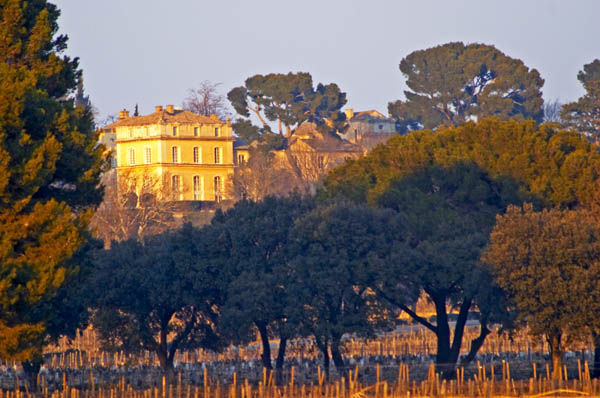
Champagne, and the Lily Bollinger sommelier award to Maya Samuelsson
The afternoon ended with a champagne tasting with the two houses Bollinger & Ayala, where Bollinger La Grande Année Brut 2004 and RD 2002 came out on top!
The day ended with the finals of the Lily Bollinger Awards, a competition for young female sommeliers created by the champagne house Bollinger and by Arvid Nordquist 12 years ago.

Up on the stage stepped three young and nervous girls, Sophia Castensson (Restaurant Djuret), Daniella Lundh (Restaurant Frantzén) and Maya Samuelsson (Vinkällan Sommelier Education).
All three had to do a timed opening and serving of a bottle of champagne in an elegant way, describe and analyse three different white wines and answer a lot of nerdy wine questions, including some on Greek grapes, wine history and Winston Churchill. Churchill wanted his champagne cool, dry, and free, that everyone knows. But he also wanted it delivered in a special bottle of 60 cl which was news to me. None of the girls had apparently studied Bollinger in depth since the question when they first launched late degorged Champagne (1952) remained unanswered correctly.
So how did they manage the blind tasting of the white wines? Quite well described, but no one found the right to country and grape variety. For fun, I also tasted through the glasses before the answer was revealed. And I also guessed wrong! Blind tasting is not easy. The lucky winner of a trip to Bollinger and of a bicycle was Maya Samuelsson and that also became finale on my day with Arvid.
Congratulations Maya!
Roland Eriksson writes on BKWine Magazine on wine tastings with wine merchants and importers in Sweden. Roland is the author of a book on cognac (A Handbook: Cognac, 2007, published in Swedish) and one on rum as well as one on tea.
